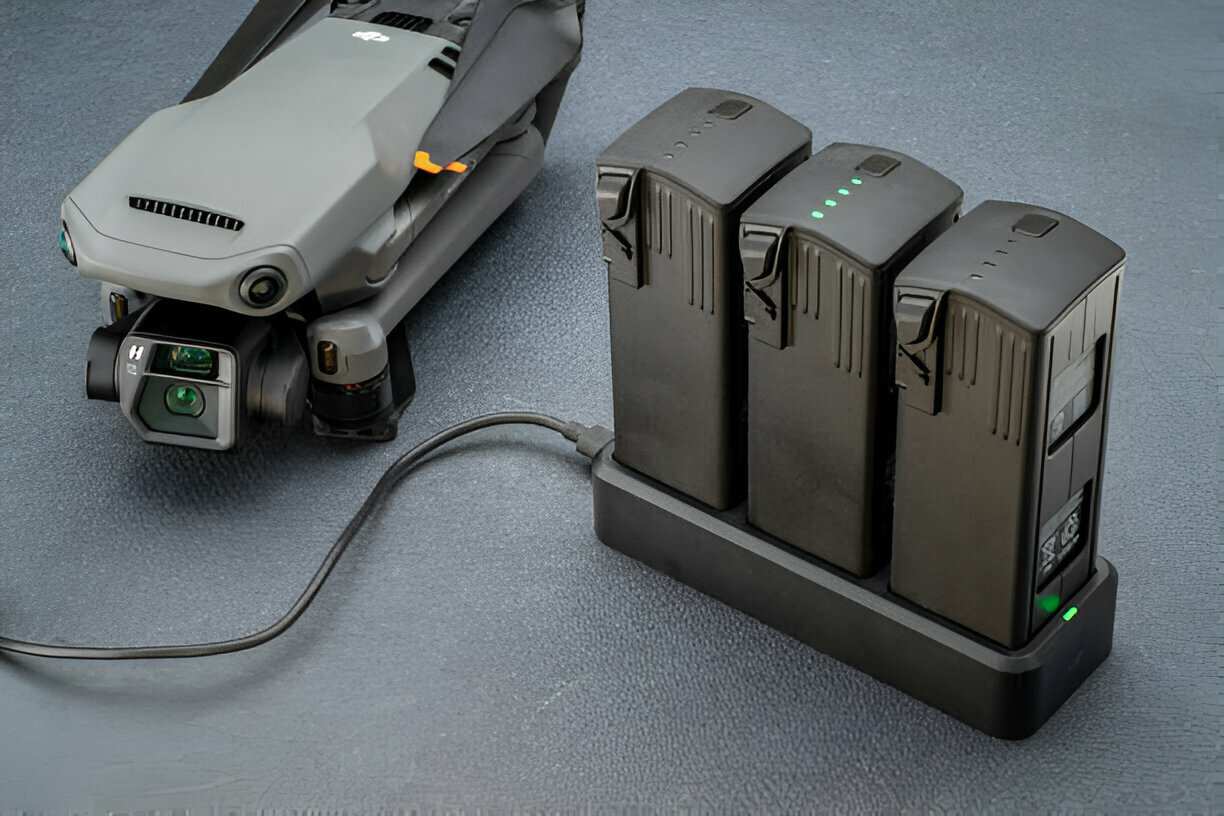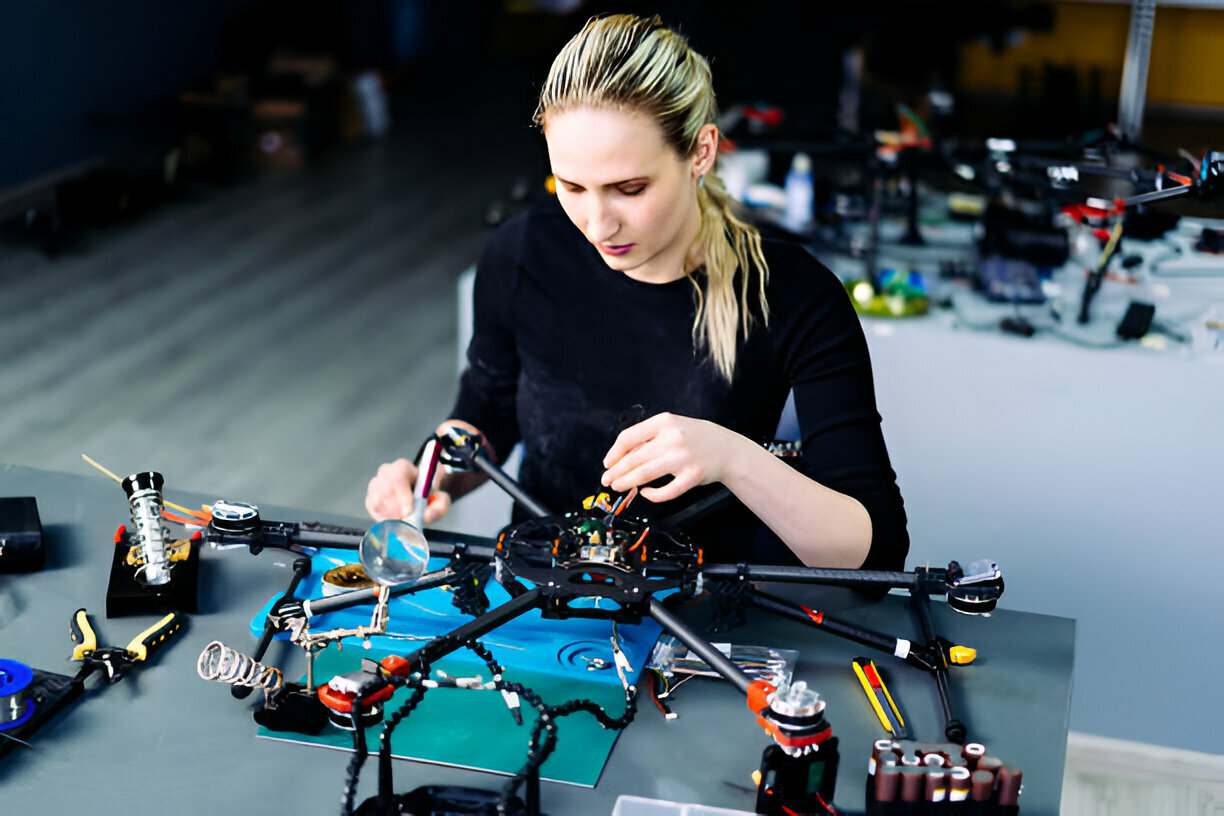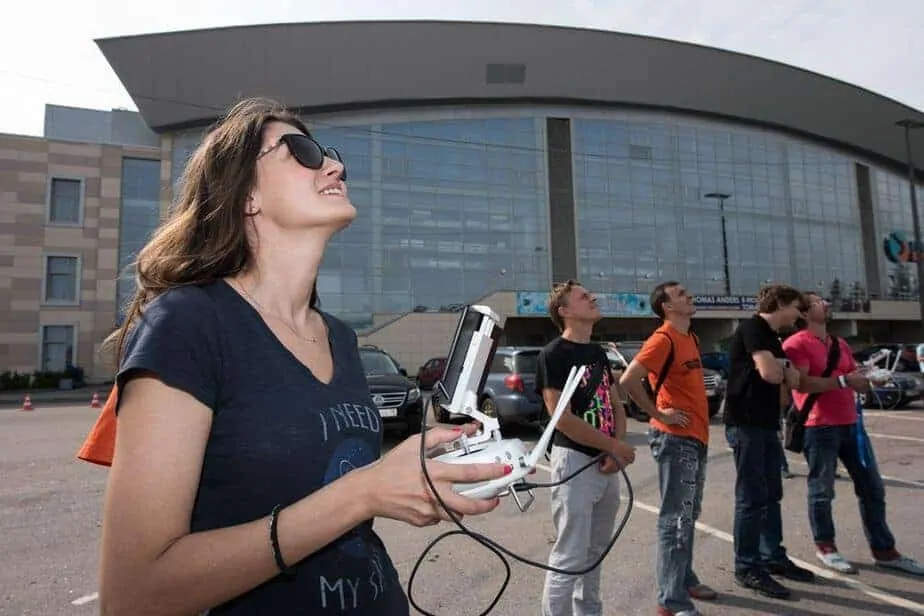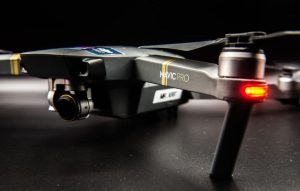Are you new to the drone world and you are looking for tips concerning drone care and maintenance, or are you looking for information to help you use your drone more effectively? You have come to the right place! Drones are fantastic gadgets that have found a place in our daily lives
but they also come with their need for proper usage and care just like every other piece of technology. Flying a drone might initially seem like the riskiest aspect of owning a drone, but it may come as a surprise to you that battery care and maintenance is actually more important than you think.
A lot can go wrong when it comes to drone batteries, many experienced drone experts and enthusiasts have several stories of smoking batteries and even many occasions of exploding batteries. It is for this reasons that we have decided to put together this article about how to charge a drone battery safely and risk-free. In this article, we will also be discussing other drone battery related topics that we believe are important you know. Stick around to understand what you need to do to reduce the risk of battery failure and explosions, and also to make your battery last longer.
The chances are that if you are reading this article, you own a drone, or maybe you really are a curious person, and you just need to know everything, well, this article is also for you!

There are different types of drone batteries, but the most common type is the LiPo battery. If you own a drone, take a look at the battery label to see if we are right about that. There are other types of battery like NiCads and NiMHs. Nickel Cadmium (NiCad) and nickel -metal hydride (NiMH) used to be the preferred batteries, but maintenance was a big issue, they can’t hold a charge for a long time. They tend to internally self-discharge, what this means is that you need to charge them right before use, and they are not great for long-term use. LiPo batteries are far better and more reliable when it comes to holding a charge. You can charge your LiPo battery and store it away for a month, and it won’t lose more than 1% of its charge.
Make sure you use a charger that designed for LiPo batteries. This entire tutorial is totally useless if you do not have a standard LiPo battery charger.
The batteries with new drones are usually around 40% charged, which is the standard for storing batteries if you want them to last long while on the shelves. If you plan to fly your drone right out of the box, you must charge it before use. Drone experts suggest charging it up to 70% on the first few cycles. There are some charging units like the sense fly SmartCharger that can charge your battery at a precise percentage.
Let’s jump right into some of the things that you need to do charge your drone battery. This section will include safety tips, charging tips, dos and don’ts of charging a drone battery, and a few other important tips.
If you want your battery to perform optimally and have a really long life of many charging cycles, charge it up to 100% 1-2 days before you put the drone in the air. Right after flying your newly acquired drone, don’t just throw it back in its case, charge the battery up to 70% till your next flight. The next tip is very important!
If after fully charging your batteries fully and you notice that there has been a consistent reduction in flight time in one of them, take it out immediately and do not try to use it again. When there is such a remarkable drop in available flight time, it could be an indication of an internal fault which could be dangerous.
You are likely to notice that your drones battery is hot right after a flight. We advise that you wait till it’s cool enough to hold before charging it again. Do not be in such a hurry to connect your drones battery to the charger right after use, you could be at risk of a battery explosion.
LiPo guard bags are a good accessory to have, we suggest you charge your batteries in them as they are designed for the sole purpose of reducing the spread of explosion. There is no need for panic, these are just safety precautions that you need, just like wearing a seatbelt.
Some people are fond of taking chances with everything, or sometimes they just don’t pay attention to things, and that could lead to problems. We trust that if you are reading this, you are safety conscious. Never charge a swollen battery! Even if you just took it out of your drone after giving the regular flight time, never charge it again. Also, if you notice any leaks, dents, or breakage on the battery, it means it has been damaged and is not safe for charging.
If while charging your drone battery and you notice a smell which is quite suspicious, noise or smoke emanating from the battery while charging it, disconnect it immediately. The smell, noise, or smoke could indicate that the battery could explode if it remains connected to the charger.
You know how you sometimes charge your smartphones with a replacement charger that the manufacturer has not approved? And sometimes you go ahead using it even when your phone detects that you are using the wrong charger with it, well, do not try this with your drones LiPo batteries. If you damage your drone battery charging unit and need a replacement, do not cut corners – purchase a charging unit that the manufacturer approves.
Sometimes you think you are saving some extra bucks by re-joining a broken charger cable, that is a big mistake. Anything can go wrong. Damaged chargers are a no-no. Purchase a new charger once you notice any breakage on the insulation or the wires popping out.
Charging batteries of any device usually come with some level of risk of catching fire, it is for this reason that we strongly advise against charging your drone batteries on wooden surfaces, carpets, plastic, car seats, or any flammable materials and surfaces. Endeavor to charge you drone batteries in a ceramic bowl, that way, if it catches fires or explodes it won’t cause any serious problems.
Do not charge your drone battery near a heat source or cover it up while charging, as this could also cause the battery to get heated up and burst explosively. Also, always keep an eye on your drone battery while charging it.
Take note of the general ambient temperature if the temperature is below 0°C (32°F) or anything above 40° (104°F). Also, never charge your drone’s battery while it is still inside your drone.
We are guessing that all your spare batteries look the same because you probably bought them from the same manufacturer or brand, and the chances of mistaking one for the is high. In order to better manage your batteries, we suggest labeling each battery with a marker or whichever way that will make it easy for you to identify each one. Doing this will make it easy for you to know which battery you used for each and every flight. Think about how easy this makes logging your flights.
In this section, we will explore all the safety tips and precautions that you need to know to handle emergencies relating to battery handling. There are instances where you will need to take some steps to reduce the damage that may be caused or to completely avert any dangers or hazards.
The most important safety tip is to avoid contact with the contents (electrolyte) of the battery. For those who may not know what an electrolyte is – an electrolyte is a liquid that solution that conducts electricity inside a battery. The entire process that takes place can be referred to as electrolysis. If it ever so happens that there is a leakage, prevent the contents of the battery from coming into contact with your eyes or skin at all cost.

In case you find yourself in a situation where there is contact with your eyes, rinse with cold water as soon as you possible, then go and see a doctor immediately after. Even though you feel perfectly fine after rinsing your eyes, you want to be sure that everything is okay, and visiting a doctor is perfect to get that assurance.
If any of the battery fluid comes into contact with your skin, wash thoroughly with soap and water.
Inhaling the vapor product from the electrolysis that occurs inside the battery is very dangerous, and the best and safest next step is to get medical help as soon as you possibly can.
Prevention they say is better than cure, therefore, inspecting your batteries and charger regularly for broken cables, plug, casing, and other parts. Do not use or charge a battery with its plastic cover slightly peeled off l, dented, torn, or compromised is the slightest way.
Do not smash or apply any force to your battery for any reason. Also, try not to drop it or place anything heavy on your battery and charger.
If you have little kids in your home, it is best to keep your drone batteries and other accessories out of their reach. Either keep them in a box with a safety lock or somewhere high enough that they cannot reach.
Keep your drone battery far away from any form of liquid or moisture. Ensure that your drone battery is dry at all times.
Do not try to be a mad scientist by throwing your drone battery into the microwave just to see what happens. Don’t do it!
Do not let your curiosity drive you into piercing, dismantling, or cutting open the battery. Do not try to patch up your battery (not like anything good can come from that).
When traveling, robe the battery from the drone and store it in the battery case or compartment and away from the hold of the aircraft. Make sure that they are safely stored in an area where they are inaccessible during flight.
Drone experts and manufacturers advise that your LiPo battery should not be kept fully charged or completely discharged for more than 4 weeks/a month. If you are not going to need your drone for a while, it is best to use up some of the charges. If it is fully charged, send the drone to the sky for a quick flight if you have to. If the battery is too low, charge it up to 70%.
If you are not going to be using the drone soon, remove the battery. Try not to leave a battery in your drone for a long period of time.
And to the last but least important storage tip, store your drone battery in a cool and dry place.
We hope that you found this tutorial very helpful. You can never underestimate the importance of understanding the right procedures for charging, maintaining, and caring for your drone battery. We can’t overemphasize the importance of charging your drone battery the right way, and that is why we have taken our time to put together this tutorial to help you use your drone batteries effectively.
Please feel free to leave a comment and share some of your experiences with charging your drone battery. You can also share this tutorial across your social media platforms.









Greetings Mr. George,
I want to thank you so much for this valuable message being that I know nothing of the drone and its batteries. The only thing that I know of the drone is that it flies remotely and can be apparently used for different things. I just bought a drone, and I am nervous trying out the drone knowing how challenging it probably is to learn to fly it. In regards to the batteries, I did not know the importance of watching them as they are charging thinking they would be fine on their own. It has been said that ignorance is bliss – not always!!!!! It does look like a lot of fun flying these units. Although it is a toy for now for me being that I am almost 60 years of age, but it is amazing that those that are very serious about flying drones, what one can do on the professional level.
Thanks again for your help.